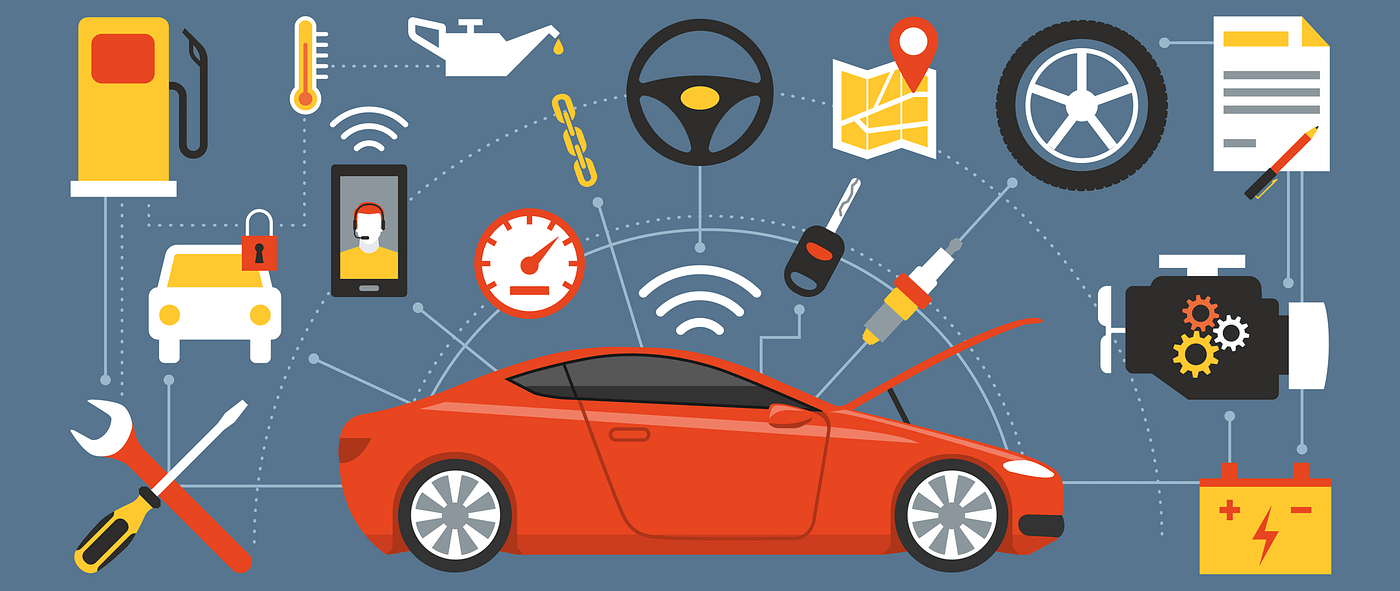All Categories
Featured

Couple of points are more disconcerting for a motorist than the unexpected illumination of the check engine light (CEL) on the dashboard. While it could set off instant worry, comprehending what this light represents can empower you to deal with the situation successfully. Allow's explore the feasible reasons behind the CEL and the actions to resolve it.
What Does the Examine Engine Light Mean? The CEL belongs to your vehicle's onboard diagnostics (OBD) system. It keeps an eye on a range of systems within the vehicle, including discharges, fuel effectiveness, and total engine performance. When the system discovers a mistake or abnormality, it causes the CEL to inform the motorist.
Strong Light: Suggests a non-critical issue, such as a minor sensor breakdown. However, it still requires focus to stay clear of long-term damage. Flashing Light: Signals a severe problem, like an engine misfire, that needs immediate attention to avoid substantial damage. Usual Factors for the Examine Engine Light. Right here are a few of one of the most constant sources of a CEL, varying from simple to complex:
Loose Gas Cap:

A broken or loose gas cap can interfere with the fuel system, triggering the light. This is among the most convenient issues to deal with-- merely tighten or replace the cap. Oxygen Sensor Failure:
The oxygen sensor gauges the air-to-fuel proportion for ideal burning. A damaged sensor can bring about minimized fuel performance and greater exhausts. Spark Plug or Ignition Coil Problems:
These elements are essential for the combustion procedure. Worn-out ignition system or malfunctioning coils can trigger misfires and rough engine efficiency. Catalytic Converter Problems:
This element minimizes damaging exhausts from your automobile. Failure to address various other engine problems can bring about catalytic converter damage. Mass Air Flow (MAF) Sensing Unit Failing:
The MAF sensing unit ensures the right amount of air combines with gas. A dirty or stopping working MAF sensor can lower power and fuel effectiveness. Steps to Take When the CEL Begins. Do Not Panic:
Take a minute to observe your vehicle's efficiency. Is it driving normally, or are there symptoms like decreased power or strange noises? Examine the Gas Cap:
Tighten up or reseat it if necessary. This basic fix settles several CEL instances. Utilize an OBD-II Scanner:
Connecting in a scanner provides particular trouble codes that recognize the problem. Lots of vehicle components stores offer this solution free of charge. If Required:, see a Mechanic.
If the CEL continues to be on or flashes, have a professional examine your cars and truck. Delaying fixings can cause more costly fixes. Preventative Actions to Avoid CEL Issues. Routine Upkeep:. Adhere to the manufacturer's routine for oil changes, ignition system replacements, and air filter cleaning. Examine Key Parts:. Periodically inspect your gas cap, belts, and hoses for wear or damage. Usage Top Quality Fuel and Oil:. Costs products can prevent residue buildup that may impact sensors and engine components. Why You Must Resolve the CEL Quickly. While it's alluring to ignore a solid CEL, laziness can cause extreme consequences. What starts as a small problem-- like a loose gas cap-- could advance right into costly repairs. Attending to the light early ensures your lorry remains secure and effective.
Conclusion. The check engine light is not a reason for instant panic, but it needs to never ever be ignored. Comprehending its purpose and prospective triggers outfits you to make enlightened choices, whether it's a quick gas cap modification or a journey to your auto mechanic. With correct upkeep and prompt action, you can maintain your car running efficiently and stay clear of unneeded repair work.
Latest Posts
NAPA AutoCare: Reliable Repairs Trusted by the NAPA Standard
Published Apr 19, 25
2 min read
About Us: Explore More About Montclare Auto Repair ’s Expertise & Service
Published Apr 19, 25
2 min read
Montclare Auto Repair: The Leading Auto Service Provider in Montclare
Published Apr 19, 25
2 min read
More
Latest Posts
NAPA AutoCare: Reliable Repairs Trusted by the NAPA Standard
Published Apr 19, 25
2 min read
About Us: Explore More About Montclare Auto Repair ’s Expertise & Service
Published Apr 19, 25
2 min read
Montclare Auto Repair: The Leading Auto Service Provider in Montclare
Published Apr 19, 25
2 min read